With several updates and new content, 2023 was a noteworthy year in VALORANT’s content timeline. While 2024 is set to bring a new wave of content to the tactical shooter, before we celebrate what’s coming, let’s rewind on the biggest changes welcomed in the year that’s about to end.
The year began with Episode Six, Act One, which introduced VALORANT’s ninth map, Lotus, and marked the return of Split, among other significant changes. Interestingly, the last Act of the year began in October and will end in early January 2024, paving the way for a new Episode and Act.
From upsetting agent changes to updates that brought a much-needed refresh, a lot happened between Patch 6.0 and Patch 7.12, so here are the biggest highlights of VALORANT in 2023.
Biggest updates to VALORANT in 2023
New maps, agents, modes, and whatnot
Let’s begin with all the new VALORANT content we welcomed this year. It starts with Lotus, a map based in India’s Western Ghats. Featuring structures and art inspired by rock-cut architecture and a lot of intriguing detailing across its space, Lotus is a three-site, attacker-friendly map, although you might want to clear all those sneaky angles that defenders can take advantage of.
Speaking of new maps, we also got the Los Angeles-based Sunset map in Episode Seven, Act Two. And on top of the strategic diversity its uniquely designed sites and prominent mid-section brought to the game, I love how beautiful the details on this map are.
Coming to agents, we welcomed three new members to the VALORANT Protocol in 2023. The first agent of the year, Gekko, was added to the game in Episode Six, Act Two, followed by Deadlock in Episode Seven, Act One, and, finally, Iso in Episode Seven, Act Three. While all three releases caused significant meta shifts, Deadlock’s launch was a bit of a disappointment, with players and pros claiming her kit to be outrageously weak compared to other sentinel agents. Riot has since added a couple of changes to her kit, but the community continues to stress that her traps need a rework.
The highly anticipated Team Deathmatch mode also launched this year in Episode Seven, Act One, combining abilities and fast-paced gunplay with team execution and a kill goal in a single experience. Needless to say, TDM was a hit, offering players an excellent warmup option aside from the usual Deathmatch mode.
Lastly, Premier, VALORANT’s tournament mode, moved from being in open beta to an official launch in Episode Seven, Act Two, marking a huge development in Riot’s “path to pro” initiative for casual players.
Return of Split, Bind, and Breeze in new avatars
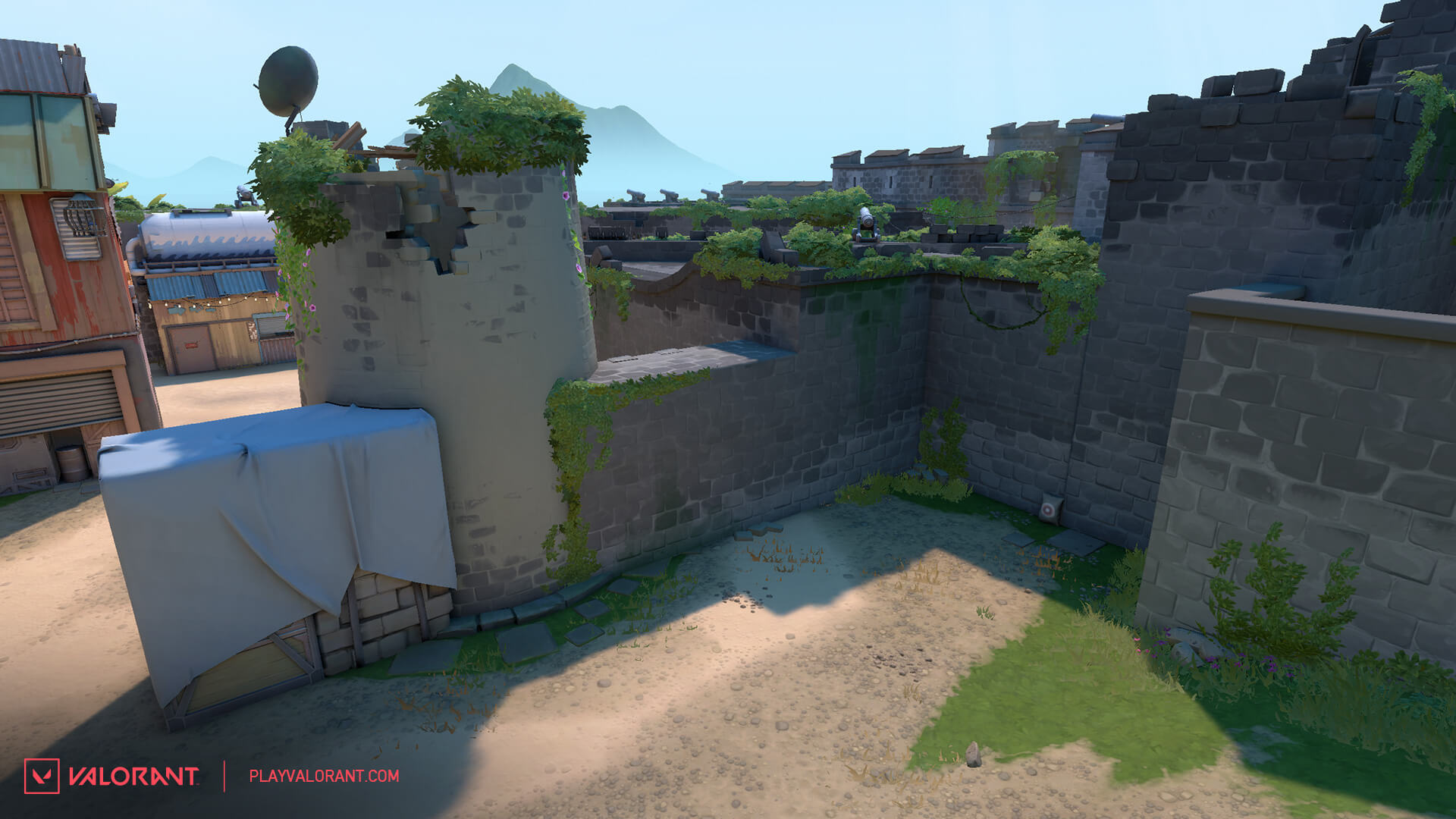
Removed from VALORANT’s competitive pool in Episode Five after Pearl’s release, Split made a return in Episode Six, Act One after embracing major changes to its features. Bind and Breeze were removed from the competitive pool in Episode Six, Act One. Like Split, both returned to the rotation after undergoing significant renovations.
Bind was re-launched in Episode Six, Act Three, while Breeze made a return in Episode Seven, Act Two, alongside Sunset’s launch. To accommodate them, Icebox and Fracture were removed from the competitive pool.
The infamous nerf to Jett (and several other agents) in Patch 7.04
I don’t need to remind you how badly hurt the community of Jett mains was by Patch 7.04, which nerfed Jett’s entire kit significantly. Besides reducing her dash’s activation timer and increasing its windup, the patch cut her Cloud Bursts’ duration by half and left her with just one charge of Updraft. Well, the community definitely had its reasons for being mad at Riot.
The patch also updated the kits of several other agents, namely Skye, Viper, Astra, Breach, Sova, Omen, Gekko, Fade, Brimstone, and Killjoy. Many agents’ ultimate charge requirements were updated to nine points, causing a major shift in the meta. Despite the communal stir it caused, Patch 7.04 went on to make VALORANT matches a bit less chaotic, just as Riot intended.
Cypher finally gets a buff that counts
Patch 7.09 finally got Cypher mains rejoicing with major buffs to his Trapwires. The wires no longer break after a player or ability triggers its concuss effect, but it rearms after half a second if a player or damaging ability doesn’t destroy it. Plus, the traps trigger a lot faster than before, and its slow effect lingers for a longer time.
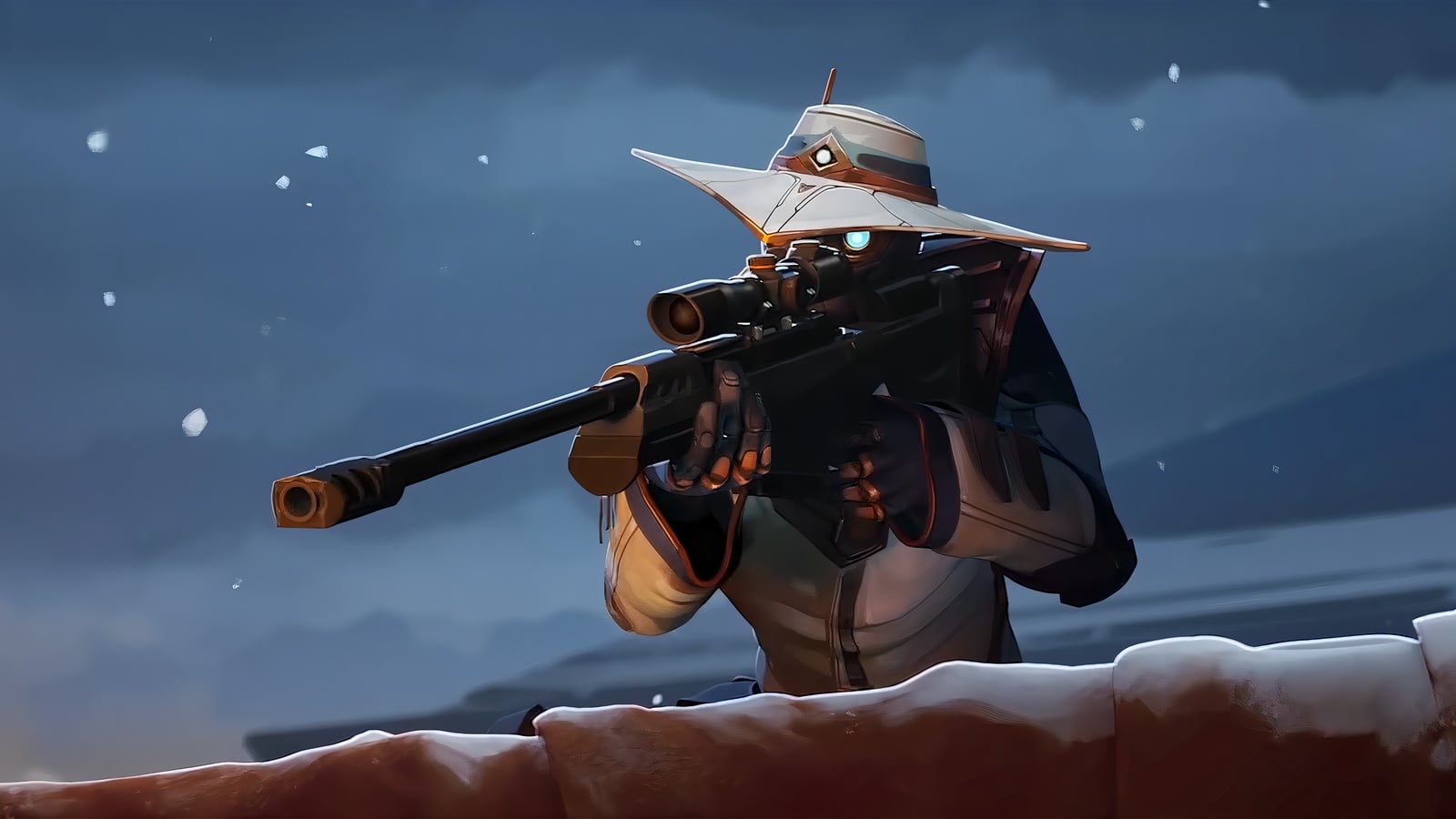
To make things even better, Skye and Fade’s dogs—which have always been go-to abilities to detect and break Cypher’s traps—also received changes to make it harder for players to trigger the wires.
Coupled with the bug fix in Patch 7.07 allowing Cypher’s ultimate to complete scanning even if he dies, the once-ignored sentinel has become one of the strongest and most annoying agents in VALORANT.
Phantom and Vandal’s ammo reserves are no more enough
In one of the year’s most meta-defining patches, Phantom and Vandal’s ammo reserves were reduced to counter the spam meta, which had taken over VALORANT esports as well as ranked. The Phantom’s reserve was reduced to 60 from 90, while the Vandal’s was lowered to 50 from 75.
The same patch attempted to nerf the run-and-gun meta by increasing the vertical recoil multiplier of multiple weapons while running. It also nerfed the Shorty and Frenzy, as well as Viper’s fuel regeneration, which I definitely wasn’t and am not happy about.


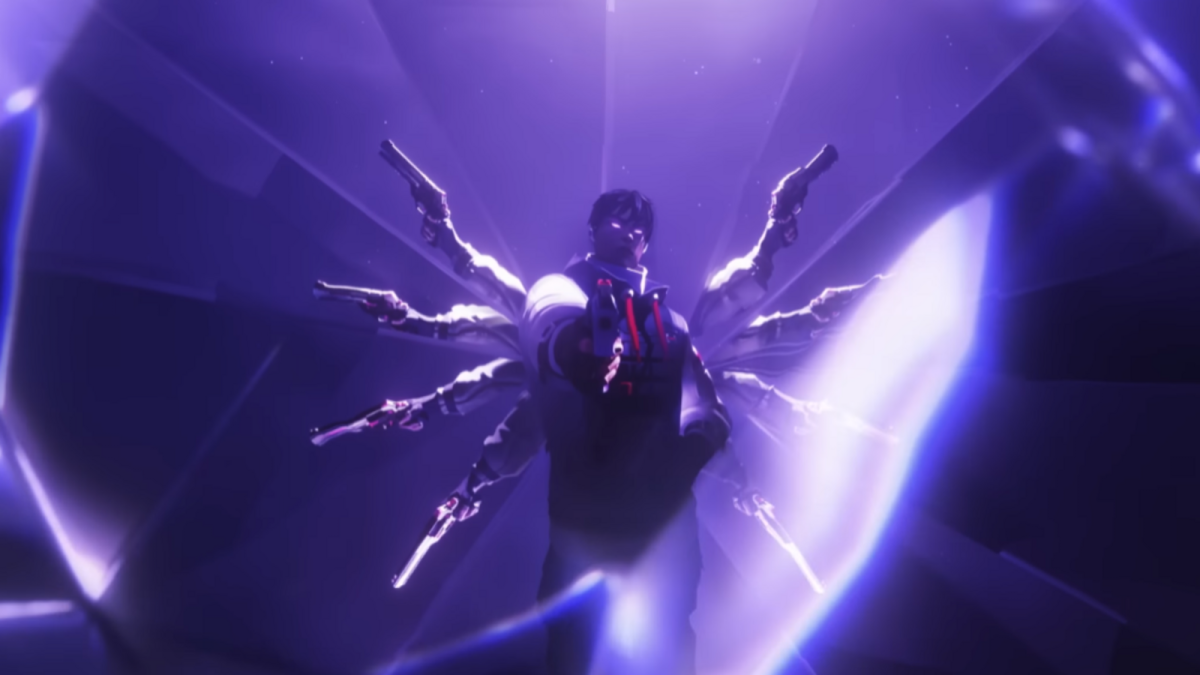

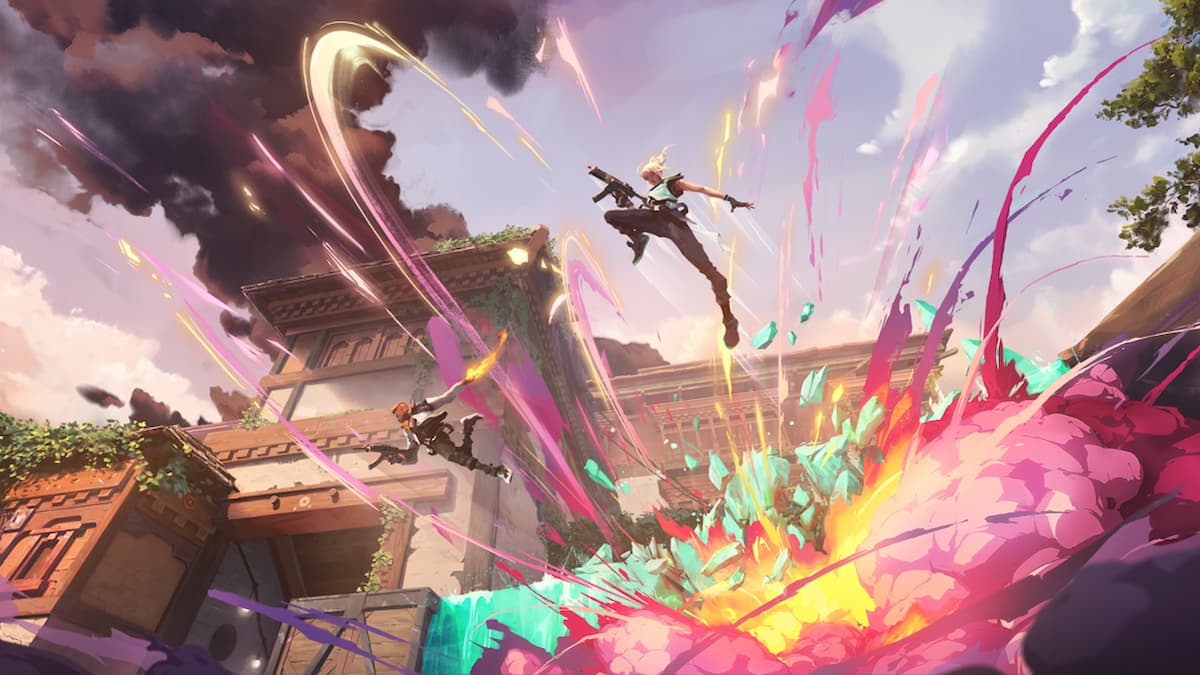


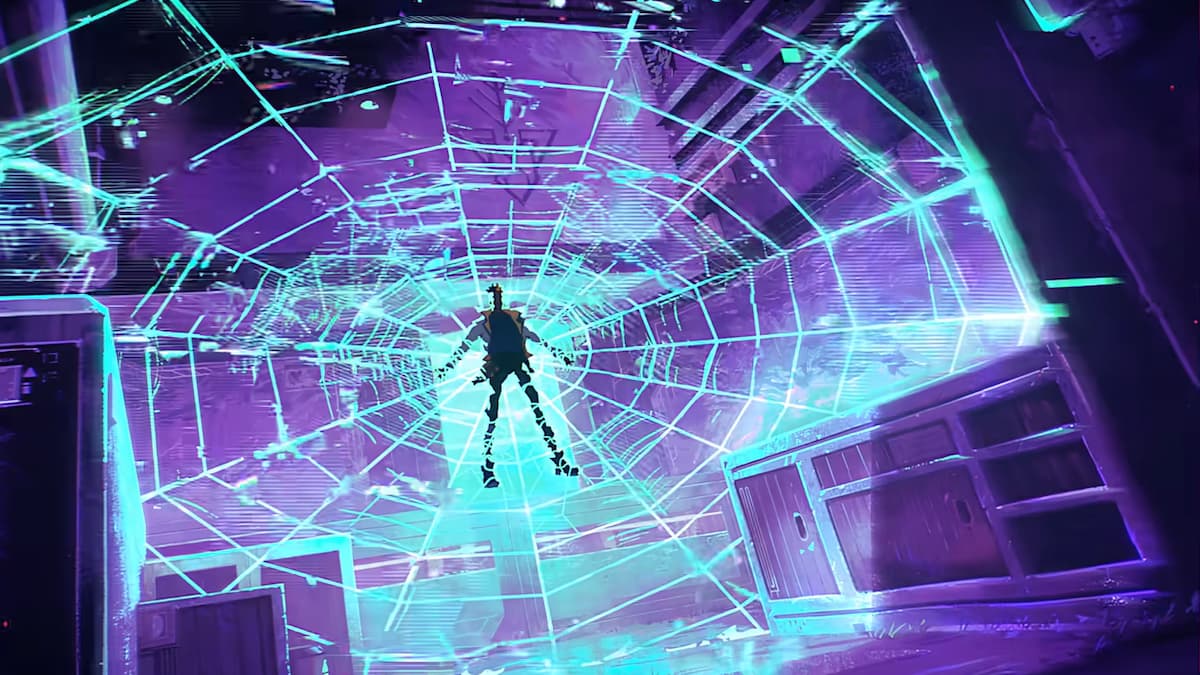
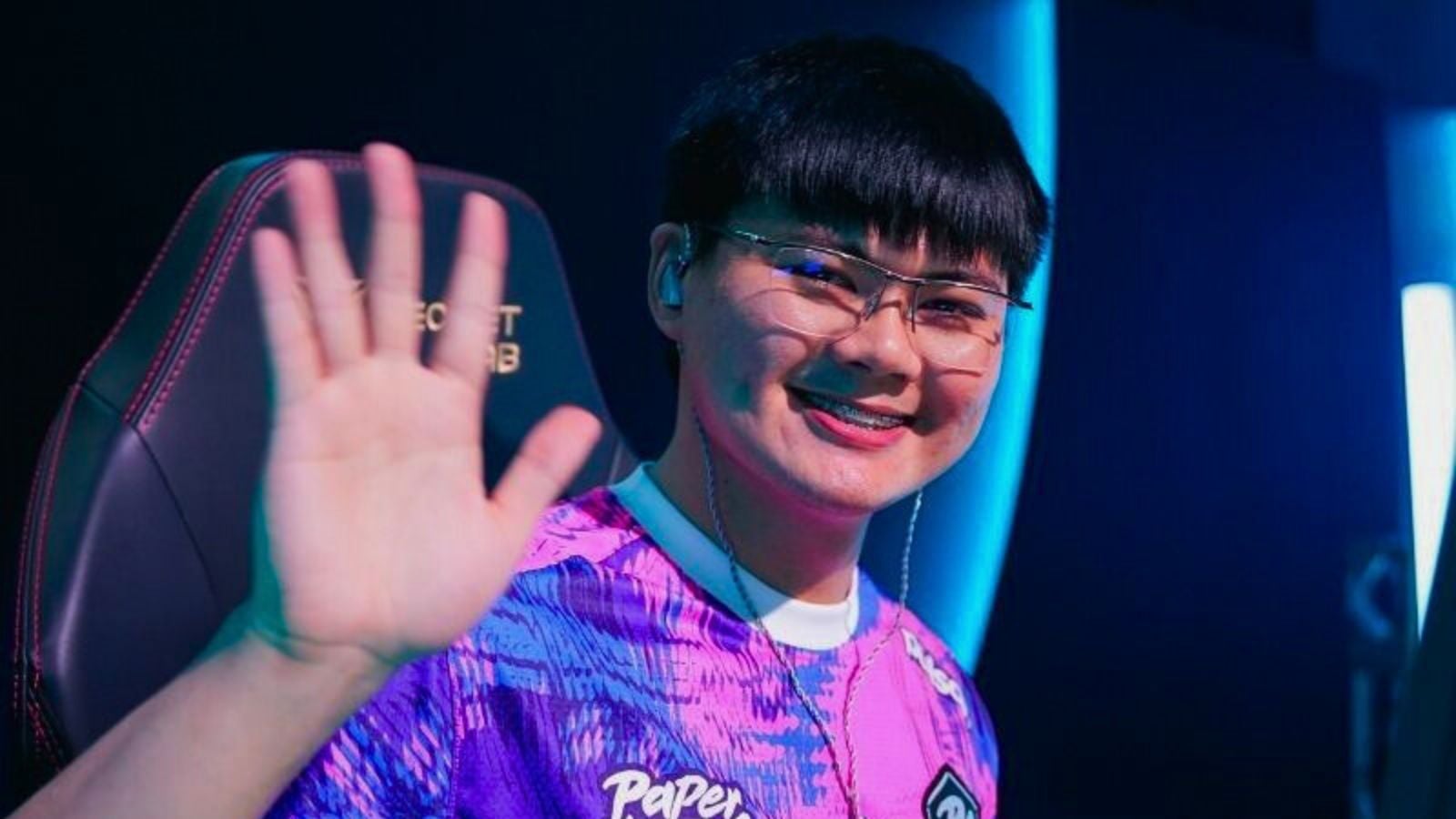

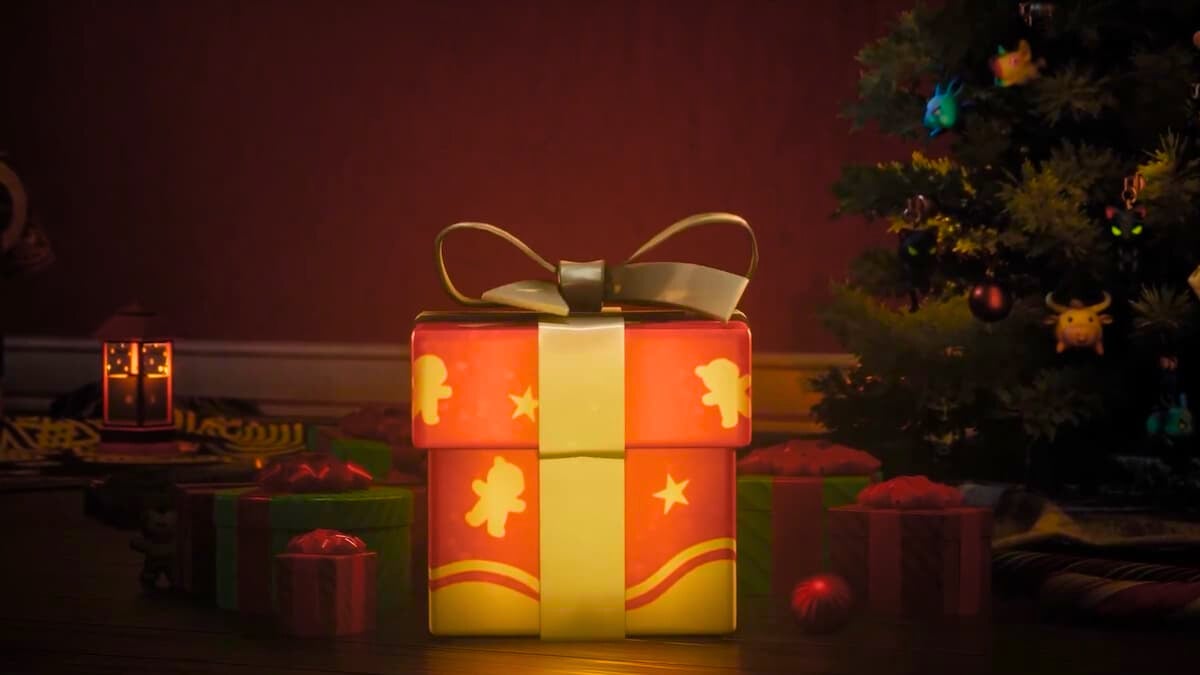
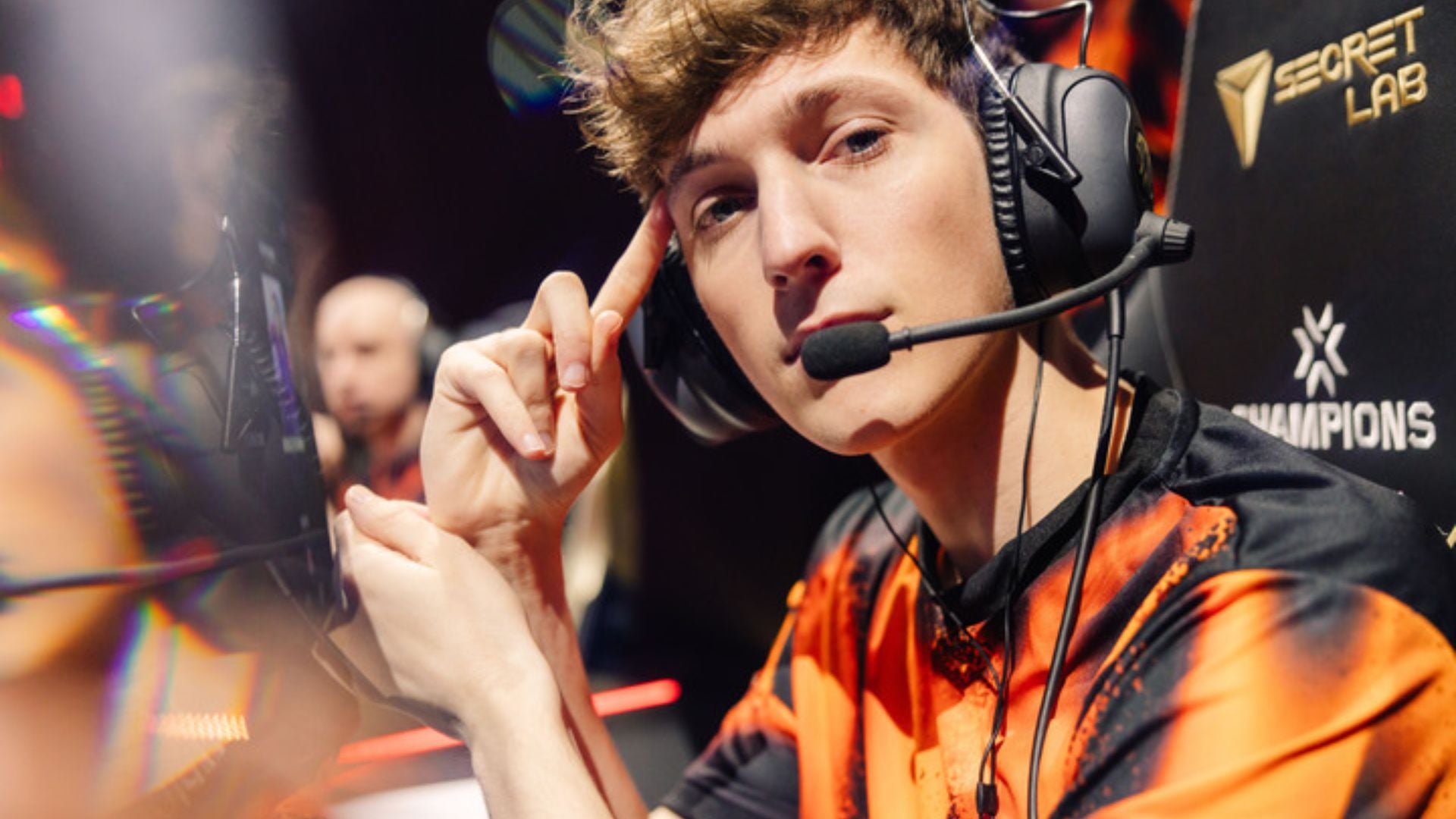
Published: Dec 28, 2023 03:26 pm